Most stories that you will read about the event will focus on the depegging of the mechanism of the algorithmic stablecoin which was tied to the supply and market value of the protocol token. This is interesting, of course, but I don't see too many people discussing the other side effect, the network became so vulnerable to attacks at the consensus level that the Luna Foundation was forced to turn it off. [https://twitter.com/terra_money/status/1524935730308456448] Because the proof of stake network derived the security guarantees from the (Dollar) cost of staked Luna, its market price devaluation allowed malicious actors to buy Luna for cheap and attack the network at the consensus level.
I must confess that I was aware of the concerns for the mechanism design of Luna, and knew there was a risk for a death spiral. However, I did not think the risks would play out so spectacularly and meteorically. I also assumed that in normal market conditions, the decisions of the Luna Foundation Guard (LFG) to use BTC as their forex reserve would allow the foundation to counteract the risks. It was a declaration of defeat of the algorithmic stable coin system, but I thought it would generally be able to recover from volatile - and natural market conditions. That is because I did not consider the coordinated malicious attack security vector. The fact that the attackers were able to short the market made it profitable to crash the market price of Luna, made me revisit previous assumptions I've had and am less confident in POS as a concept.
Once the price of Luna crashed the chain became vulnerable for a consensus level attack, which is why it was 'shut down'. This is often overlooked, but I find it to be the most significant revelation about the entire ordeal. To me this seems to indicate there is a systemic risk for a death spiral on EVERY proof of stake network. Yes, even Ethereum, the network that I use daily, and that I chose as the most secure infrastructure to build the platform that I am working on. The core concept of Proof Of Stake is that it is expensive to be a malicious actor. But the expense to attack a proof of stake network is not denominated in value exogenous to the network itself. You stake Ether to secure Ethereum, and thus make the Ether that you need to run computation on that network more valuable. That means that if the value of Ether goes down, the security of the Ethereum network goes down. There is a point in which you can effectively use market mechanics to bring the value of Ethtereum low enough to make an attack on the network’s consensus viable, at which point the value of Ether would continue to fall in the same kind of feedback loop that we saw with Luna. Impractical, yes, unrealistic, I don't think so. The network is valuable because it is expensive to attack it, and it’s expensive to attack it because the unit price of Ether is valuable. This logic is a bit more circular than I am comfortable with.
Have people addressed this risk in PoS chains directly? I am not too interested in discussing the LUNA thing further, but rather in the consensus level attack that was leveraged once the price tanked. I'd love to hear the community's thoughts on this.
[link] [comments]

You can get bonuses upto $100 FREE BONUS when you:
💰 Install these recommended apps:
💲 SocialGood - 100% Crypto Back on Everyday Shopping
💲 xPortal - The DeFi For The Next Billion
💲 CryptoTab Browser - Lightweight, fast, and ready to mine!
💰 Register on these recommended exchanges:
🟡 Binance🟡 Bitfinex🟡 Bitmart🟡 Bittrex🟡 Bitget
🟡 CoinEx🟡 Crypto.com🟡 Gate.io🟡 Huobi🟡 Kucoin.






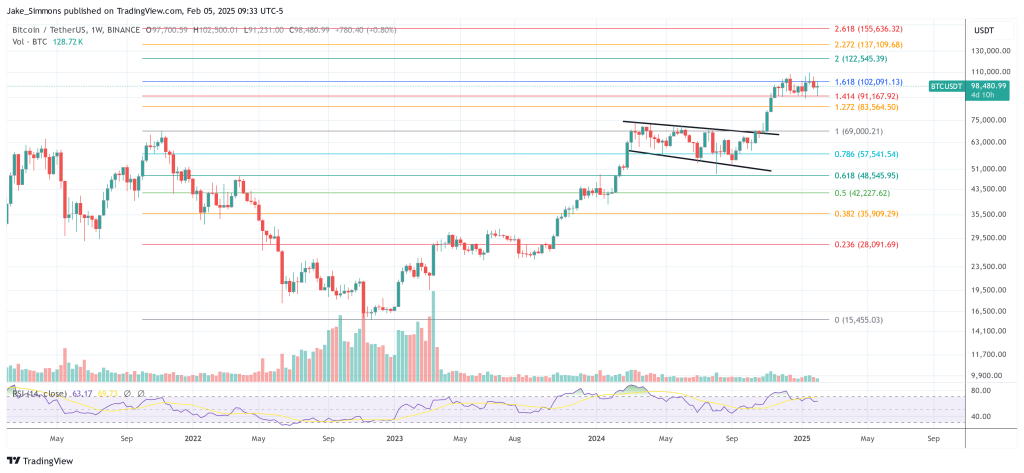






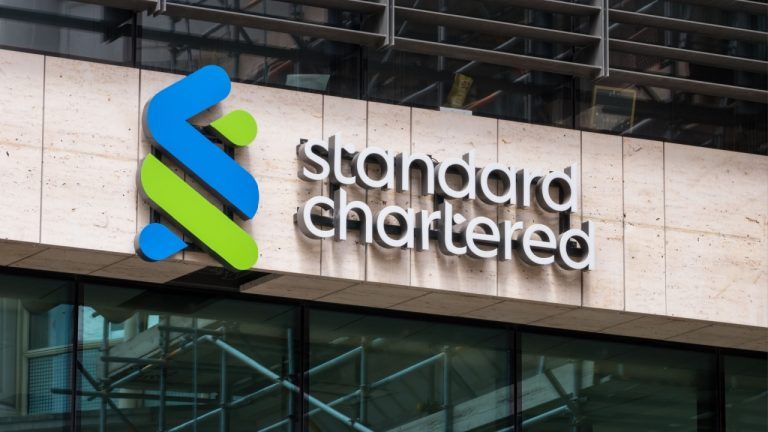

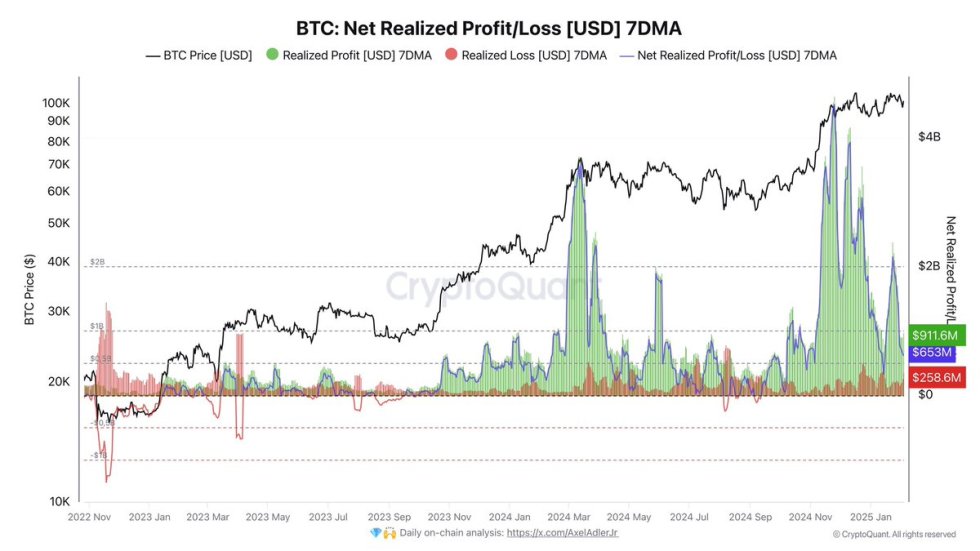
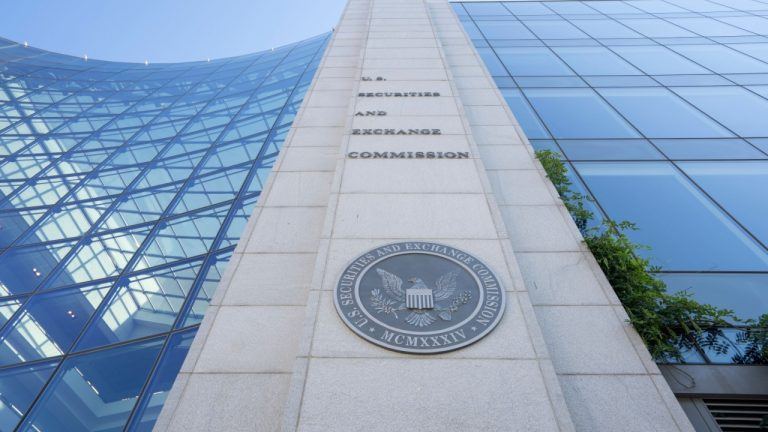

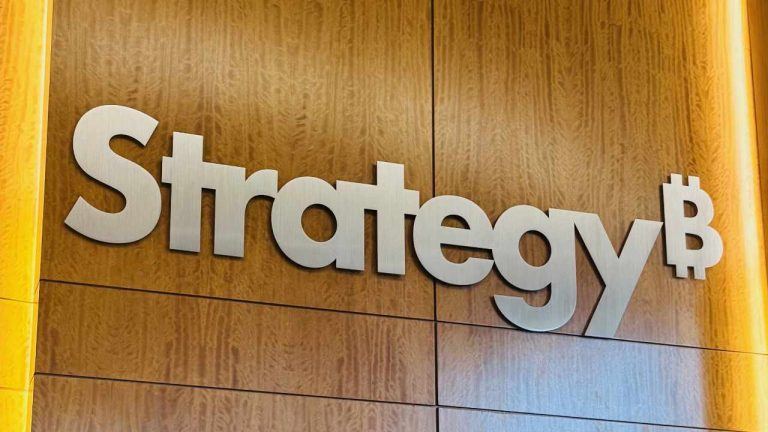
Comments